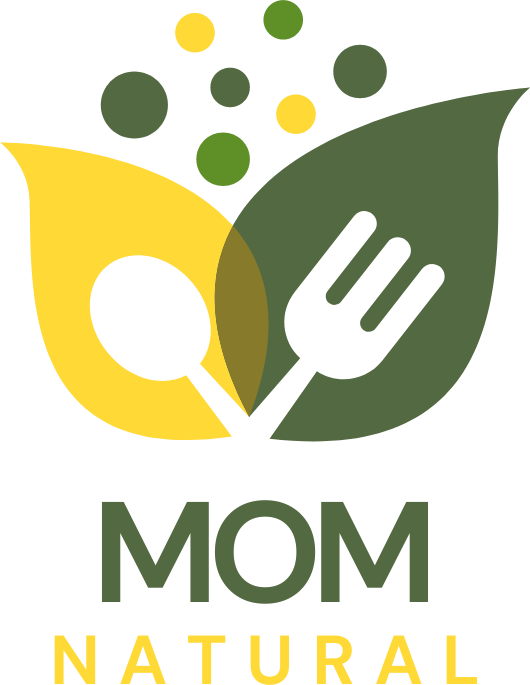Understanding Biomimetic Feeding: The Natural Approach to Infant Feeding
As a parent, one of the major milestones you anticipate with excitement is the initiation of baby feeding. One approach that is gaining traction in the world of infant care is biomimetic feeding, an innovative feeding methodology that mimics the unique dynamics of natural breastfeeding. This article aims to offer practical biomimetic feeding tips and natural feeding techniques that you can incorporate into your baby feeding routine.
What is Biomimetic Feeding?
Biomimetic feeding involves creating an artificial feeding experience that closely resembles the mechanics of natural breastfeeding. The term ‘biomimetic’ translates to the imitation or mimicking of natural biological processes. When this concept is applied to infant feeding, the focus is on designing and using feeding tools and techniques that mimic the mechanics of breastfeeding.
Research published in the Proceedings of the National Academy of Sciences suggests that biomimetic approaches in infant care, such as biomimetic feeding, can significantly improve the well-being and health of babies.
Why Opt for Biomimetic Feeding?
Here are several reasons why biomimetic feeding is becoming a preferred choice for many parents:
– It facilitates a natural feeding experience, even when the mother cannot breastfeed her baby.
– Biomimetic feeding lowers the risk of overfeeding. The baby controls the flow and pace of feeding, similar to breastfeeding.
– It minimizes the likelihood of gastrointestinal issues, like colic, by facilitating paced feeding and reducing air intake.
– Biomimetic feeding is believed to promote better oral and facial development as it encourages the natural sucking reflex.
How to Incorporate Biomimetic Feeding Techniques
Here are some practical tips on how to get started with biomimetic feeding.
– Selecting Biomimetic Feeding Tools: Choosing feeding tools designed to mimic breastfeeding is crucial. Emulait offers a range of biomimetic feeding products designed to imitate the mechanics of breastfeeding.
– Pace Feeding: Allow your baby to control the pace of feeding. Wait for them to latch onto the nipple of the bottle, similar to how they would latch onto the breast.
– Familiarize Yourself with Breastfeeding Positions: Apply breastfeeding positions while bottle feeding to make the experience more natural for your baby.
Additional Resources for Infant Care
Biomimetic feeding is just one aspect of infant care. For further reading on infant health and safety, check out:
– Baby-proofing your bathroom
– Tips on managing baby’s eczema
– Advice on how to manage a baby’s first plane ride
Incorporating biomimetic feeding techniques into your baby’s feeding routine can significantly enhance the feeding experience for both you and your little one.
Deep Dive into Biomimetic Feeding
Biomimetic feeding doesn’t just mimic the physical mechanics of breastfeeding, but also the emotional connection that comes with it. Breastfeeding isn’t just about feeding, but also about nurturing a bond with your child. Here are some more ways you can make it more natural.
– Maintain Eye Contact: Make sure to maintain eye contact with your baby while you are feeding them. This will enhance the bonding moment and give them a sense of emotional security.
– Use of Biomimetic Feeding Aids: Biomimetic feeding aids like Mimio biomimetic cell care components are designed to mimic natural organic structures and functionalities, ensuring that your baby is getting a natural feeding experience.
– Maintain a Comfortable Position: A comfortable and calm environment is key for biomimetic feeding. Hold your baby in a comfortable position where they can easily reach the nipple of the bottle.
– Make it a Routine: Babies tend to respond well to routines. Establish a regular feeding routine to help your baby recognize and adapt to feeding times.
Biomimetic Feeding and Infant Growth
Research has found that biomimicry can also play a vital role in promoting infant growth and development. A study published on PubMed hints at the positive impacts of biomimicry on newborns. Here is a breakdown of some benefits:
– Promotes infant growth: As biomimetic feeding adopts a process closer to natural breastfeeding, it caters well to the nutrients and energy requirements of growing babies.
– Boosts immunity: Just like breastfeeding, biomimetic feeding can help strengthen the baby’s immune system, giving the baby a healthier start.
– Supports cognitive development: The act of sucking and latching aids in a baby’s brain development. It’s why biomimetic feeding, which encourages these actions, can nurture mental growth.
– Enhances oral muscular development: The sucking and swallowing actions involved in biomimetic feeding are great for your baby’s oral muscular development.
Further Advancements in Biomimetic Feeding
The field of biomimetic feeding is ever-evolving, with continuous advencements being made in the research and development of feeding tools and techniques. Many companies like Novonutrition and Abbott are investing in the development of biomimetic nutritional products, exploring the use ofbioactive components found in human milk. Furthermore, Bioinspiration & Biomimetics Journal and Springer publish research articles that further help understand biomimicry and its implications in infant feeding.
Biomimetic feeding is an ever-evolving field, continuously innovating to mimic natural breastfeeding as closely as possible. This feeding method offers an effective alternative for mothers who can’t breastfeed, ensuring your baby doesn’t miss out on the numerous benefits of breastfeeding. It’s important to remember that any changes in your baby’s diet or feeding habits should be made after consulting your pediatrician.

